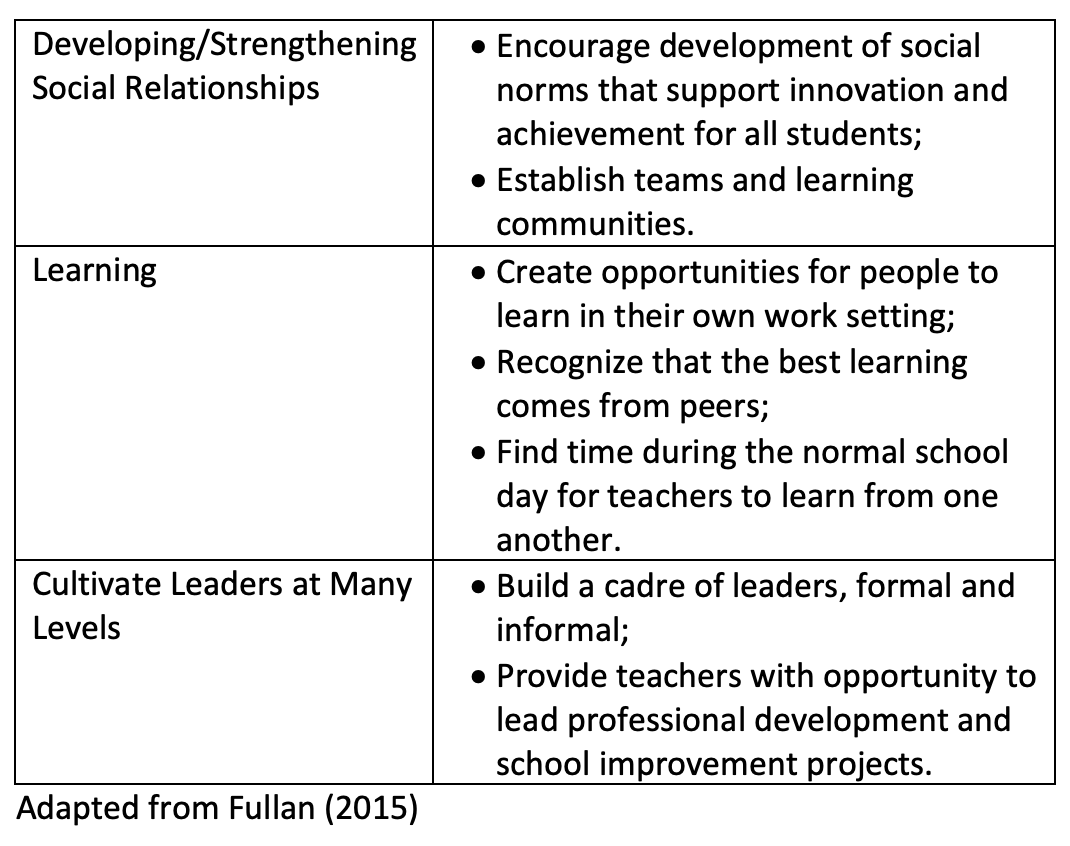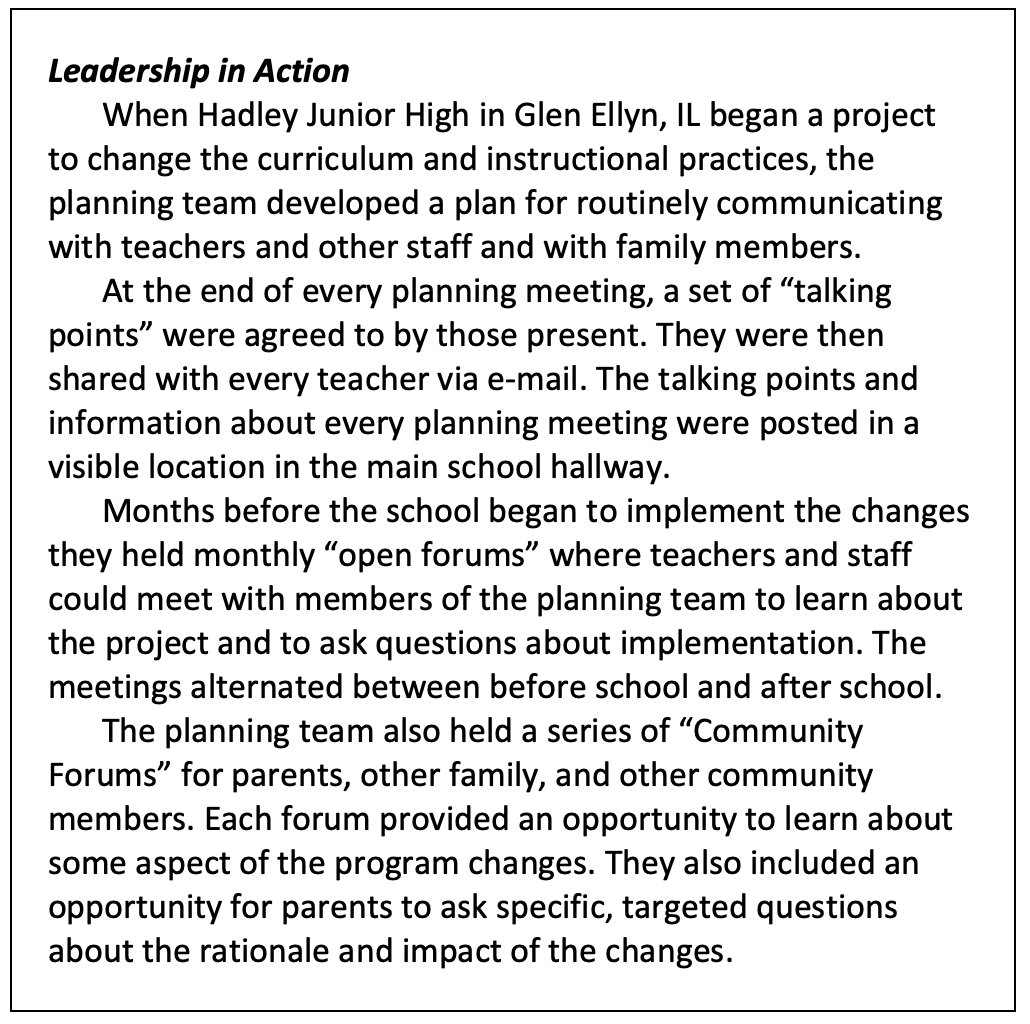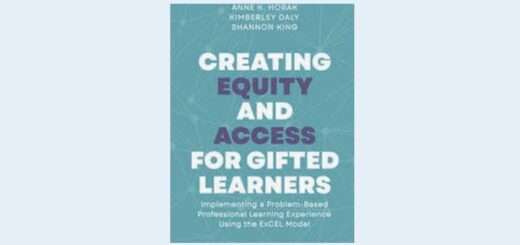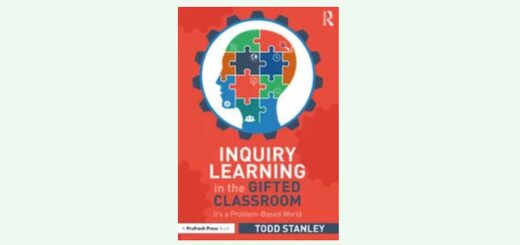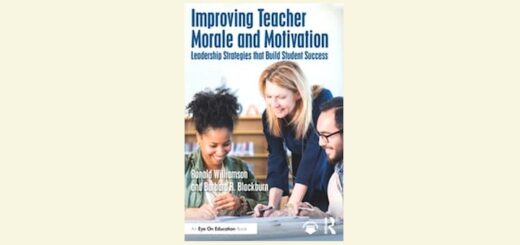Leading Innovative Instructional Change
By Ronald Williamson and Barbara R. Blackburn

Ronald Williamson
Real instructional change begins at the classroom level. However, school-wide efforts create the climate that supports these classroom-level changes. We’ve worked with principals and teachers for more than 35 years and seen countless ideas for improving schools.

Barbara Blackburn
Schools are in a constant state of change. They are shaped by the demographic, social, political, and economic milieu of contemporary American society especially their local community. As such they change a little each day in response to things like state or national standards, research on student learning, and parent and community demands.
The most successful schools are those that recognize that change is a constant, that improvement is a journey, not an event. Change is tough. It is complex and there are often multiple paths to follow. Often there’s a need to change paths in the middle of the journey.
Like many road trips, the journey is better when it is one shared with others. We’ve found that the most successful change efforts are those defined by a shared vision and shaped by a commitment to collaboration with a school’s stakeholders.
What Works and Doesn’t Work with Innovation
One of the most powerful tools for sustaining change is the culture of your school. Schools characterized by a positive working relationship among teachers and active support by the principal for the change are more likely to see the project succeed. A laissez-faire attitude by the principal will virtually assure poor implementation and that the change will not succeed.
Schools where the principal is active, visible and supportive of the change experience greater success. Principal participation bestows a stamp of legitimacy on any project and helps to sustain it after implementation.
Michael Fullan (2015) says that sustainable change boils down to three critical focal points. First is improving relationships among staff. Second is working together to create knowledge and sharing that knowledge with one another, and third is “coherence-making” or helping people make sense of what’s going on and underscoring the importance of their work.
Stages for Launching an Initiative
Rushing to adopt and launch an improvement plan almost always leads to implementation problems. And change that is mandated has a greater likelihood of failure. The Oregon Small Schools Initiative (http://www. e3smallschools.org) identified six steps for the successful launch of any initiative:
1. Study: Devote time to examining and learning about an issue and associated reforms. School, district, and community members can examine current practices and programs, identify gaps in student learning, and discuss how the reform can improve the educational experience of students.
2. Stage: Review the current programs, practices, and policies and create a shared vision for the future. Include a diverse group of people to help support, nurture and sustain the change.
3. Design: Create standards or design frameworks that will be used to develop the specific program.
4. Build: Using the standards, develop specific program components and link them to the school’s improvement plan.
5. Launch: Implement the plan by mobilizing human and financial resources. Include appropriate professional development to support the change.
6. Sustain: Monitor implementation and build capacity to sustain the initiative after its launch. Gather and analyze data about the impact of the change. Make needed modifications to support continued implementation.
We’ve observed schools successfully launch innovations by following the six steps above.
Final Thoughts
Schools are under increased pressure to improve the educational experience of students. There is often a tendency to want immediate results from any innovation. That leads many schools to weave from one improvement strategy to another without clear vision and purpose, and without a clear sense of when they will be successful. Being purposeful in planning and including strategies to monitor and adjust plans is a far better approach.
References
Fullan, M. (2015). The new meaning of educational change (5th ed.). New York: Routledge.
Williamson, R. & Blackburn, B. (2020). 7 Strategies for Improving Your School. New York: Routledge/Eye On Education.

Dr. Barbara R. Blackburn, a “Top 10 Global Guru in Education,” is a bestselling author of over 30 books and a sought-after consultant. She was an award-winning professor at Winthrop University and has taught students of all ages. In addition to speaking at conferences worldwide, she regularly presents virtual and on-site workshops for teachers and administrators.
Barbara is also the author of Scaffolding for Success (Routledge/Eye On Education, 2025) and many other books and articles about teaching and leadership. Visit her website and see some of her most popular MiddleWeb articles about effective teaching here.

